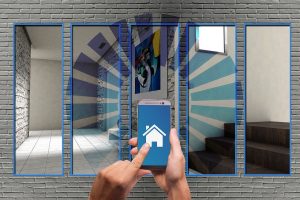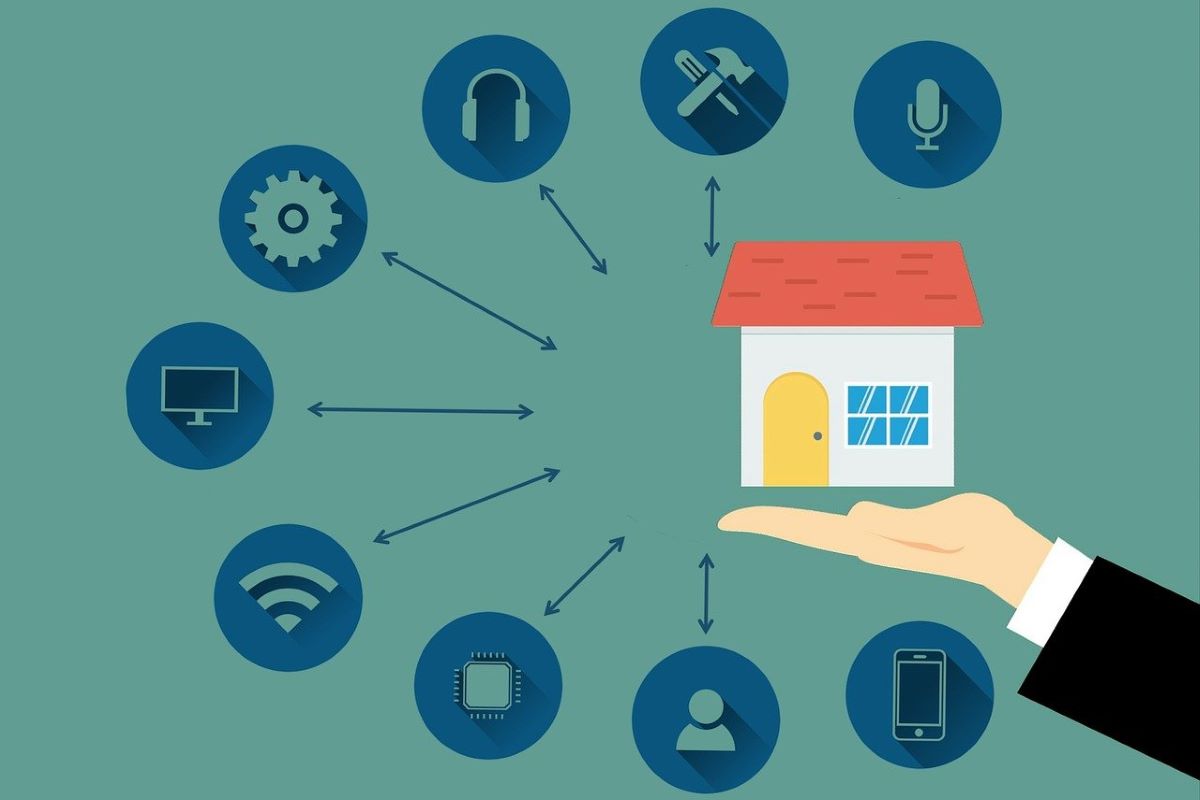There was a time when having a “smart home” meant visiting kitchen showrooms to discover the latest designs and colours to impress the neighbours with.
No longer.
Having a “smart home” these days means having it wired up to IoT (the internet of things) and being able to control things like your home’s heating and lighting from your smartphone or car.
Remember, years ago, the wonder of discovering “pods” in Japan. It had showers that ran to an exact temperature before you got into them, so you never experienced the shock of that hit of cold water or a bidet system built into your toilet – again, perfectly temperature controlled.
Well, now all of these incredible smart aids are available here in Australia – from electronic wizardry as metal mesh in Melbourne to solar or wind-powered swimming pools in Sydney or Perth.
Designing a smart home involves thinking about how you want to live, how you want to be comfortable, and how you want to feel. It involves helping you to understand that there are so many ways to build a better home that don’t involve building at all.
 Working with the natural features of your site, that timber ceiling, for example, that’s already there, but adding smart speakers to maximise the comfort and efficiency of your sound system, will improve your enjoyment of your home.
Working with the natural features of your site, that timber ceiling, for example, that’s already there, but adding smart speakers to maximise the comfort and efficiency of your sound system, will improve your enjoyment of your home.
It’s about bringing together the best of the old and the new, the most advanced technology, with the most beautiful design and the most comfortable furnishings.
It all starts with having a home “designed” by a professional trained to incorporate the latest smart home technology and advise you on which products you can and can’t do.
For example, some systems require that a technician visits your home to install the units. They can also retrofit devices into an existing home.
You may have bought a house and thought you were living in the future when you discovered a solar-powered pool behind that old timber facade or found that you could control everything from lighting to heating and cooling via your smartphone.
But designing a smart home takes it to the next level. It’s about making the most of technology to improve your life and the lives of those around you.
This can be anything from installing smart gadgets that help to monitor loved ones when they’re home alone to creating a smart home that’s so comfortable you never want to leave your bed.
The obvious application is heating.
You can turn your thermostat up or down or raise your temperature with a simple app or voice command on your phone.
You can also create a schedule for when you want your heating to kick in and when you want it turned off. Most modern thermostats also have a built-in humidistat, so you can raise the humidity in your home without having to call a technician.
But it doesn’t stop there. You can also use smart tech to control your cooling in the summer too.
You can also control your lighting so that you have a soft glow when you want to sleep and a bright glow when you need to be more alert.
Such innovations of the IoT are life-changing.
A smart fridge will note how you use food by scanning the bar codes for what you put into and take out. It will then make a list of things you have used, which it then downloads to your phone or laptop to create a “smart shopping list” of things you’ve run out of and are likely to need.
You can even program the fridge to send an automated order to a delivery service supermarket or shop, which will drop off the food you need to replenish before you are even aware you are running low.
New smart home gadgets are being introduced all the time.
Manufacturers are constantly releasing a variety of products, including smart video streaming platforms and smart speakers — devices that use artificial intelligence to help you listen to music, control your smart home, and manage your smart devices.
For example, it is possible to set up your speakers so that as you enter or leave a room, the sound will come on or go off as you move through the house.
Setting up your speakers so that they change volume as you enter or leave a room is an easy way to personalise your experience at home, but it can also enhance your movie-watching or gaming experience.
You can adjust the direction and volume of the sound coming from your speakers so that they are best heard when you’re close to them or at a distance or so that they turn off when you move away. This will let you tailor the experience to your preferences and can improve the way you enjoy your favourite entertainment.
According to a survey, the connected home market has significantly grown in Australia over the years, with at least one smart IoT device now in the majority of Australian homes. This trend is expected to mushroom over the next five years.
During the pandemic lockdowns, more and more people discovered the benefits of smart domestic systems for things they could never have imagined being automated or re-engineered.
Except for slab scissors or wheelbarrows (perhaps), many things we take for granted in their current form may well be “smarter” with enough innovative thinking.
In addition to it, there was an increased demand for smart security lighting, installation services, and smart speakers in 2021, and sales for IoT Home products are expected to rise in the coming years.
As you can see, smart home systems and IoT are not going away anytime soon.
With energy prices rising and many households having to watch the pennies, it might be the ideal time to look for the 10 to 15% savings which seem to be achievable across the board, using smart systems around the house.
Having a smart home is about creating a better life and saving time and money – not just living in the future.
- Tips for designing a home office - July 25, 2022
- HOW TO PREPARE FOR AN INTEREST RATE RISE - July 18, 2022
- Benefits of having a smart home - June 15, 2022




